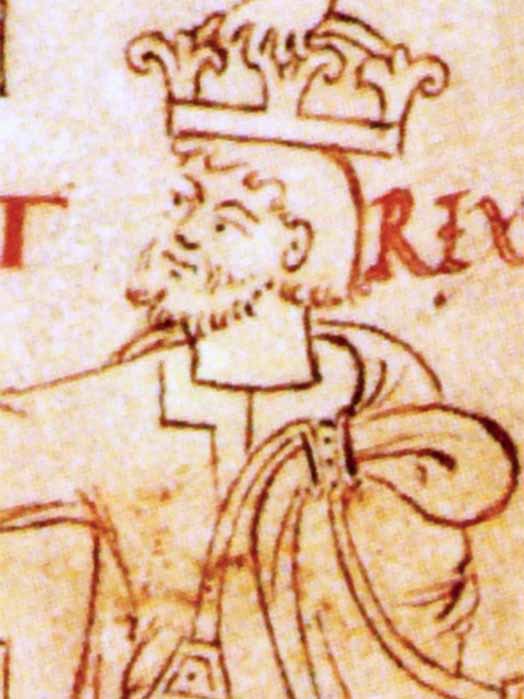
Medieval Colonialism: The Danish Duchy Of Estonia
Within the pantheon of great empires, the Kingdom of Denmark has received very little attention, yet this small European civilization was one the most enterprising of its day following its unification after the Viking period. As the Danes reached their peak under the stewardship of Valdemar the Great, they began to harbor even grander ambitions of conquest as they sought to expand the frontiers of their newly-unified kingdom. Their territorial desires were helped immensely by the papacy, who at the same time were appealing to the warriors of Christendom to set aside their differences to slaughter and extinguish all traces of pagan evil in the form of a crusade.
Instead of Jerusalem, where the majority of crusaders set out on their divine quests, the Danes looked to the Baltics in the east of Europe where a considerable infidel population still existed. To the rallying calls of Christian jihad, the Danes would establish Estonia as one of their first colonies. But as they ruled over this distant province between 1219 and 1346, many of the same problems experienced by the later colonial powers of the 19th and 20th centuries would arise, and, unfortunately for the Danes, many of the same disastrous solutions would also be attempted.
Contemporary illustration of King Canute, c.995-1035. Illuminated manuscript, Liber Vitae (1031) The British Library. (Public Domain)
The Danish Rise To Power
During the Viking period, the Danish Kingdom began to unite in the first step on their way to establishing themselves as a major European power. At the beginning of the 11th century, the kingdoms of central Denmark started to fuse together under the reign of King Gorm the Old. By 1013, the Danish were sufficiently strengthened to attempt a successful invasion of England under the command of Sven Forkbeard. A year after his annexation, Forkbeard died and was replaced by King Knut, (or Canute) who oversaw the construction of a robust Danish-English empire stretching across the North Sea, and that also included swathes of territories in parts of Norway and Sweden. However, the stability of the Danish empire was over-reliant on the strong personality of the king, and after King Knut died the Danish duchy crumbled once again, after only a momentary glimpse of prestige on the international stage.
Although it ended in disaster, King Knut’s rule showed it was possible to build and maintain a unified Denmark. Up until the 11th century, the forging of a strong Viking identity was largely based on the glory and plunder of piracy.
Like this Preview and want to read on? You can! JOIN US THERE ( with easy, instant access ) and see what you’re missing!! All Premium articles are available in full, with immediate access.
For the price of a cup of coffee, you get this and all the other great benefits at Ancient Origins Premium. And - each time you support AO Premium, you support independent thought and writing.
Jake Leigh-Howarth holds a masters degree in Modern History from the University of Leeds, where he specialized in the travelogues of Western visitors to Soviet Central Asia. His favorite historical periods include the Tamerlane Empire, the Mongolian Empire, and the Eleusinian Mysteries of Ancient Greece.
Top Image: Dannebrog falling from the sky during the Battle of Lindanise with Roskilde-bishop Peder Jacobsen pointing at Dannebrog while informing king Valdemar II of Denmark, by Christian August Lorentzen (1219) Statens Museum for Kunst (CC0)
















